Disobedient dog breeds often boast big brains, boundless energy, and independent streaks. Embrace their unique charm, engage their minds with challenging training, and celebrate their triumphs – because stubbornness can blossom into loyalty and fierce companionship with the right understanding and patience. The top seven least obedient dogs are not a leading choice for new pet owners, but in the care of a seasoned trainer, these breeds can make great family members.
Just because they have trouble listening to their owners doesn’t mean they are a lost cause. You may need to work a little harder to get through to them. Here are a few of the most common misconceptions about disobedient breeds:
- Stubborn Doesn’t Mean Stupid: Labels like “disobedient” often mask a dog’s intelligence. Some breeds learn differently, thriving on positive reinforcement, engaging games, and clear communication. Patience, not brute force, unlocks their potential.
- Energy Matters: High-energy breeds aren’t just stubborn; they’re brimming with enthusiasm! Channel their boundless energy into constructive outlets like agility training, long walks, and engaging puzzle toys. A tired pup is a happy (and obedient) pup.
- Independence Isn’t Defiance: Some breeds value their autonomy, enjoying a good sniff or independent playtime. This isn’t defiance, it’s their inherent spirit! Respect their need for exploration while building trust and reliable recall through positive methods.
- Breed Isn’t Destiny: Every dog is an individual, shaped by genetics, personality, and past experiences. While some breeds may have certain tendencies, focusing on the unique needs of your furry friend leads to a stronger bond and better behavior.
- Training Tips, Not Labels: Instead of fearing a “disobedient” breed, focus on understanding their natural instincts and learning styles. Research positive reinforcement techniques, consult trainers, and discover what makes your dog tick. You’ll both be amazed at what you can achieve!
Remember, “disobedient” doesn’t equal “unteachable.” While some breeds may have stronger independent streaks, every dog is an individual with unique learning styles and needs. Patience, positive reinforcement, and understanding the breed’s natural tendencies are key to unlocking their potential. We combed through 10 expert sources to come away with the least obedient dog breeds that were mentioned most often. Let us know your thoughts in the comments below!

The List: Least Obedient Dog Breeds, According to Owners
1. Afghan Hound
While sometimes seen as independent with a mind of their own, Afghan hounds’ regal spirit and strong hunting instincts can contribute to a perception of disobedience, especially for handlers seeking strict, traditional obedience patterns. Yahoo!news praises, “The gorgeous Afghan Hound is the supermodel of the dog world – and just as aloof as a millionaire catwalk star. In short, they think they own their human.”
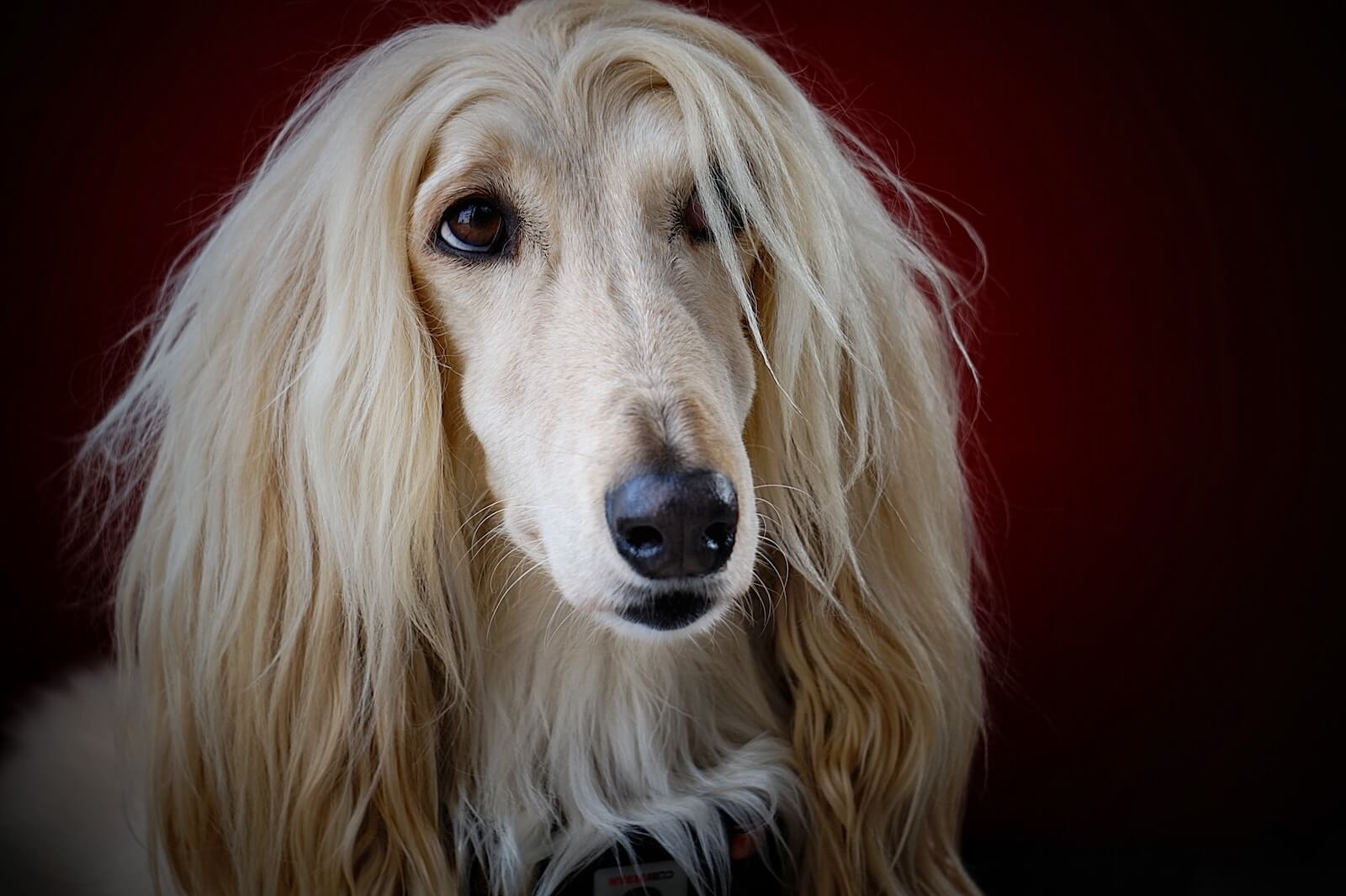
Their appeal, however, lies in their unique, expressive nature and love for engaging activities beyond simple commands. iHeart Dogs raves, “The Afghan is known for being aloof and independent, traits that can make training a challenge. It makes sense, however, since he was originally used to chase prey independently over very long distances. He would lose the prey if he wanted to stop and check in with his owner all the time.”
These traits are instinctual to them. The Animal Rescue Site exclaims, “Afghans are the least obedient dog breed because they simply choose not to respond to your command. They are intelligent dogs who have discovered selective hearing. While highly sensitive, they are also extremely stubborn.”
2. Akita
The Japanese descended Akita is also an intelligent breed. The Scotsman says, “The Akita was bred as a hunting dog in its native Japan. It’s an intelligent breed but notoriously belligerent – they will simply walk away if they don’t fancy doing what they are told.”
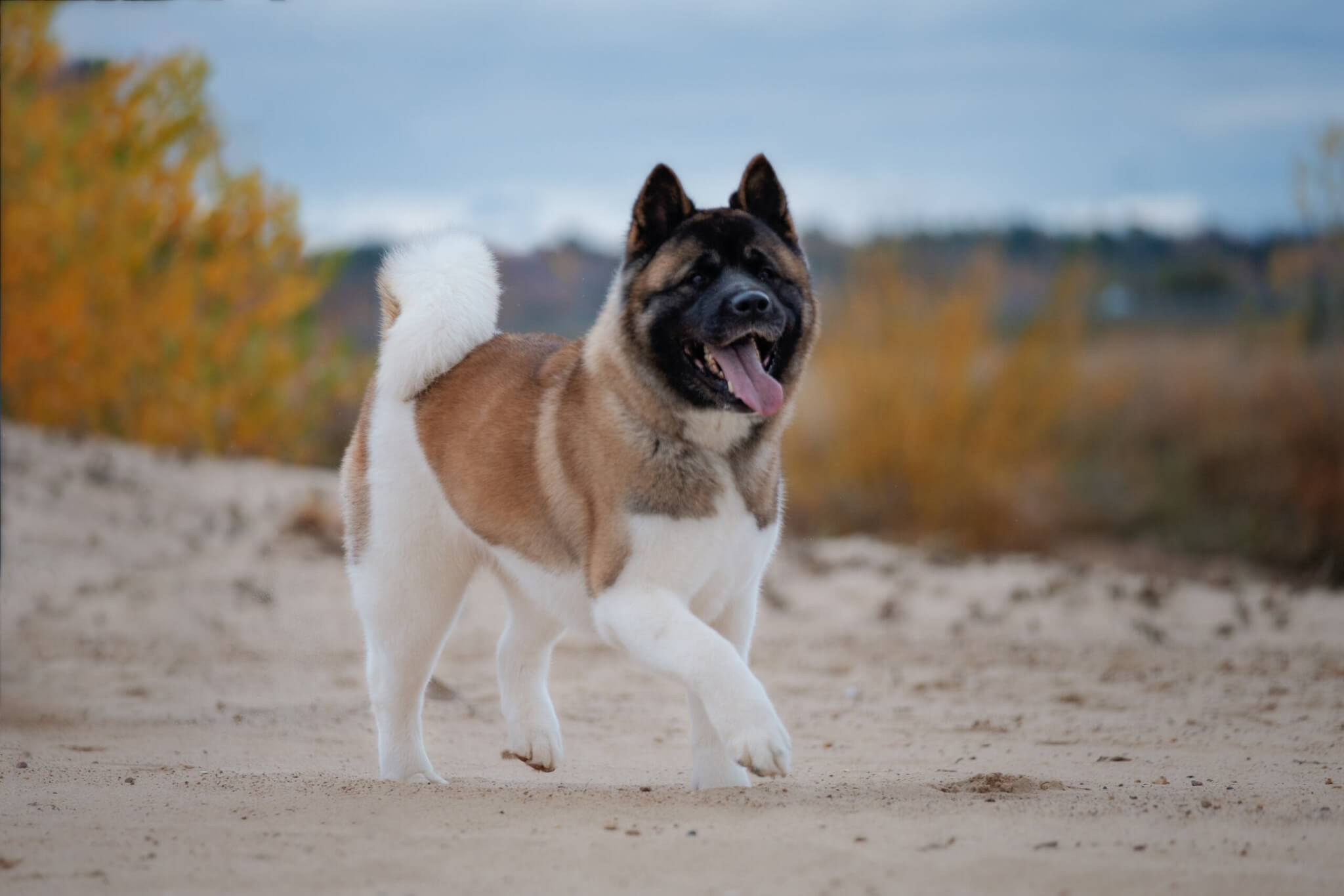
They require both exercise and mental stimulation to be happy. Always Pets adds, “Akitas are also known for having complex personalities, which makes them a challenge for obedience training. Due to their stubbornness, they are not recommended for novice dog owners, but if early training is successful, you’ll have a loving companion for life.”
For more on their history, Stacker shares: “Akitas were bred in the Akita Prefecture of northern Japan in the early 17th century and have been held in high regard in the nation ever since as powerful, loyal guard dogs. One famous Akita named Hachiko went to the Shibuya Train Station every morning for 10 years, waiting for the return of his owner who had passed away.”
3. Basenji
Basenjis, playful acrobats in fox-fur coats, often earn the “disobedient” label for their independent streak and sly side-eye. Stacker comments, “Understanding of new commands takes 80 to 100 repetitions or more. They obey first command: 25% of the time or worse. Basenjis will do what they want, when they want. They are ferocious chewers—anything left on the floor is fair game.”
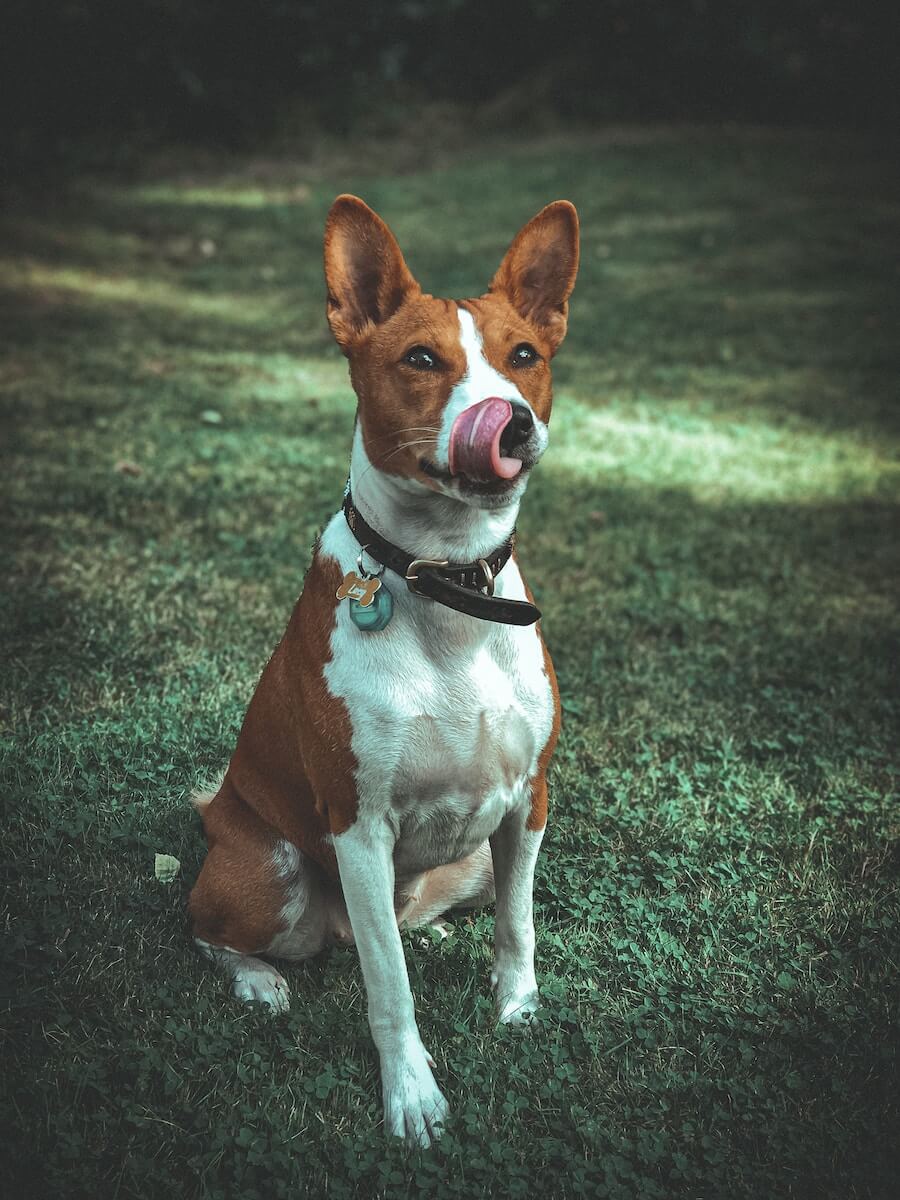
Their ancient yodeling heritage whispers an adventurous spirit that can outwit even the most seasoned trainers, making obedience a delightful dance rather than a rigid command. SBLY Animal Channel adds, “This short-haired hunting dog stems from Africa. Because of their muscular and agile nature, they need a lot of exercise. When they are wound up, obeying your commands is likely the last thing that they are thinking about.”
According to iHeart Dogs, “the Basenji was used to hunt at a great distance from his human, so he also is independent and aloof. They are full of energy and love to play, so that can be one way to get them more interested in you and training.”
4. Scottish Terrier
Scottish Terriers may possess independent streaks and a mischievous sense of adventure. Pup Vine explains, “Scottish Terriers are on the list of least obedient dog breeds because they were bred to be hunting and tracing dogs. This makes any kind of dog have these crazy instincts to go beyond their owner’s command, no matter how attached they are to their owner, and how lovable they are.”
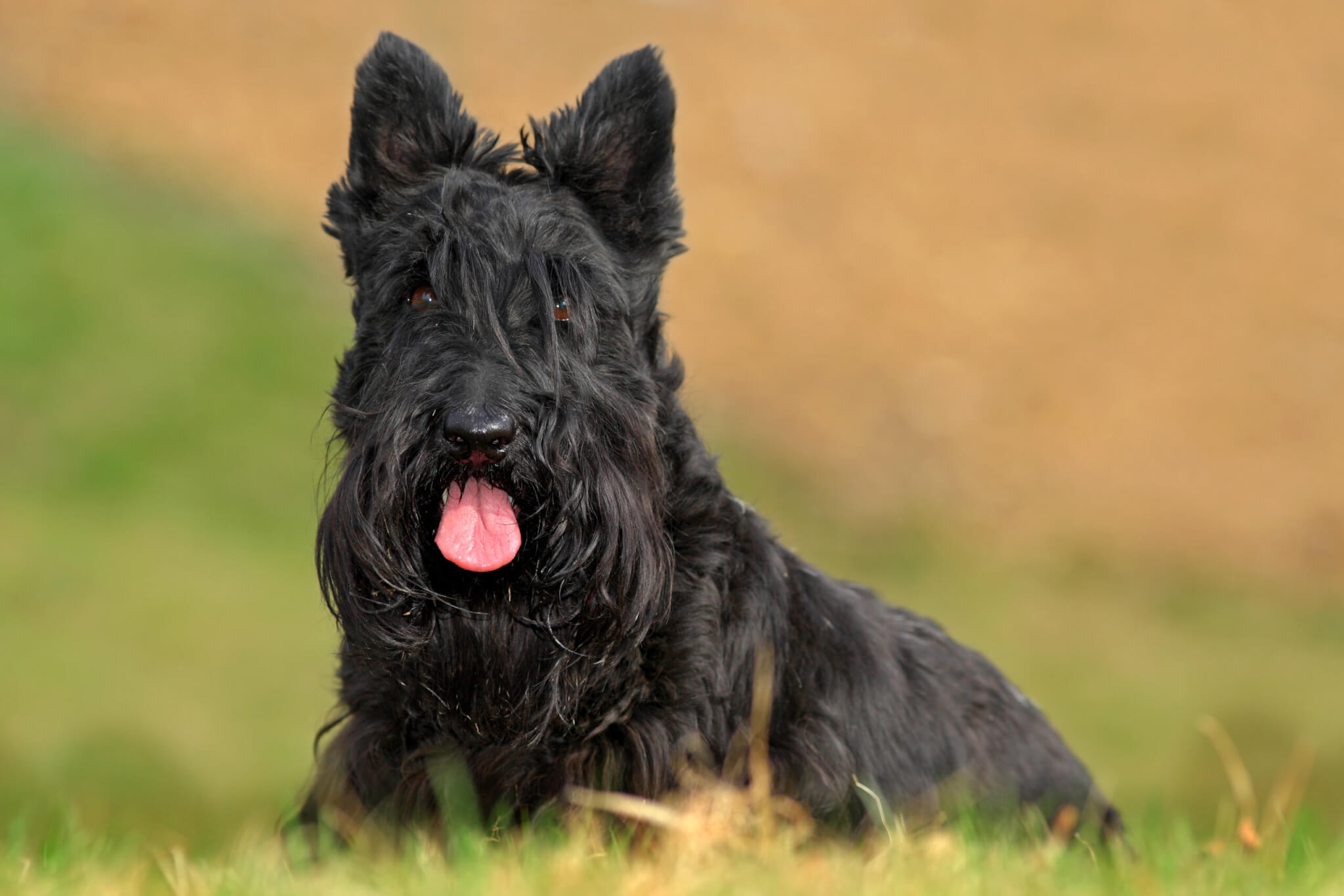
They’re not rebels, just curious explorers brimming with playful energy seeking the right channel for their terrier spirit. Always Pets offers, “They don’t demand a lot of attention, but they’re stubborn animals who may resist training. Since they were created to work on their own, it may take a bit of coaxing to get them to obey. But if they are treated gently and with respect, they will eventually learn obedience.”
Stacker also shares their opinion on the Scottish Terrier: “A popular breed of the 1930s and 1940s, Scotties were bred as watchdogs and farm helpers, so they are used to being independent and aloof. They carry themselves with confidence and respond well to different vocal cues.”
5. Bulldog
A Bulldog’s independent streak and stubborn charm, while endearing, can sometimes be misinterpreted as disobedience. iHeart Dogs claims, “The Bulldog does everything on his time. Not unintelligent, he just sees no reason to hurry when asked to do something by his owner. This can be frustrating to some, especially if they are used to training quick breeds like a Shetland Sheepdog, for example.”

Their laid-back nature tends to mask their intelligence and willingness to learn. Always Pets adds, “They are dependable, predictable dogs, but they like to do things on their own time and at their own speed. Unfortunately, this stubborn streak makes them difficult to train. They’ve also been reported as being slow to learn new skills.”
SBLY Animal Channel also included them on their list. Why? They write, “If you’ve ever interacted with a bulldog before, then their position on this list won’t surprise you. It’s best if you start training and socializing them when they are very young. If you wait too long, training might end up being a lost cause.”
6. Borzoi
Borzoi, with their regal air and independent streak, can test the patience of even seasoned dog owners. According to Newsweek, “Also known as the Russian Hunting Sighthound, Borzoi are descended from the working dogs of people who migrated from Central Asian countries to Russia prior to the 17th century. Like Afghan Hounds, they are trained to hunt [small] prey.”
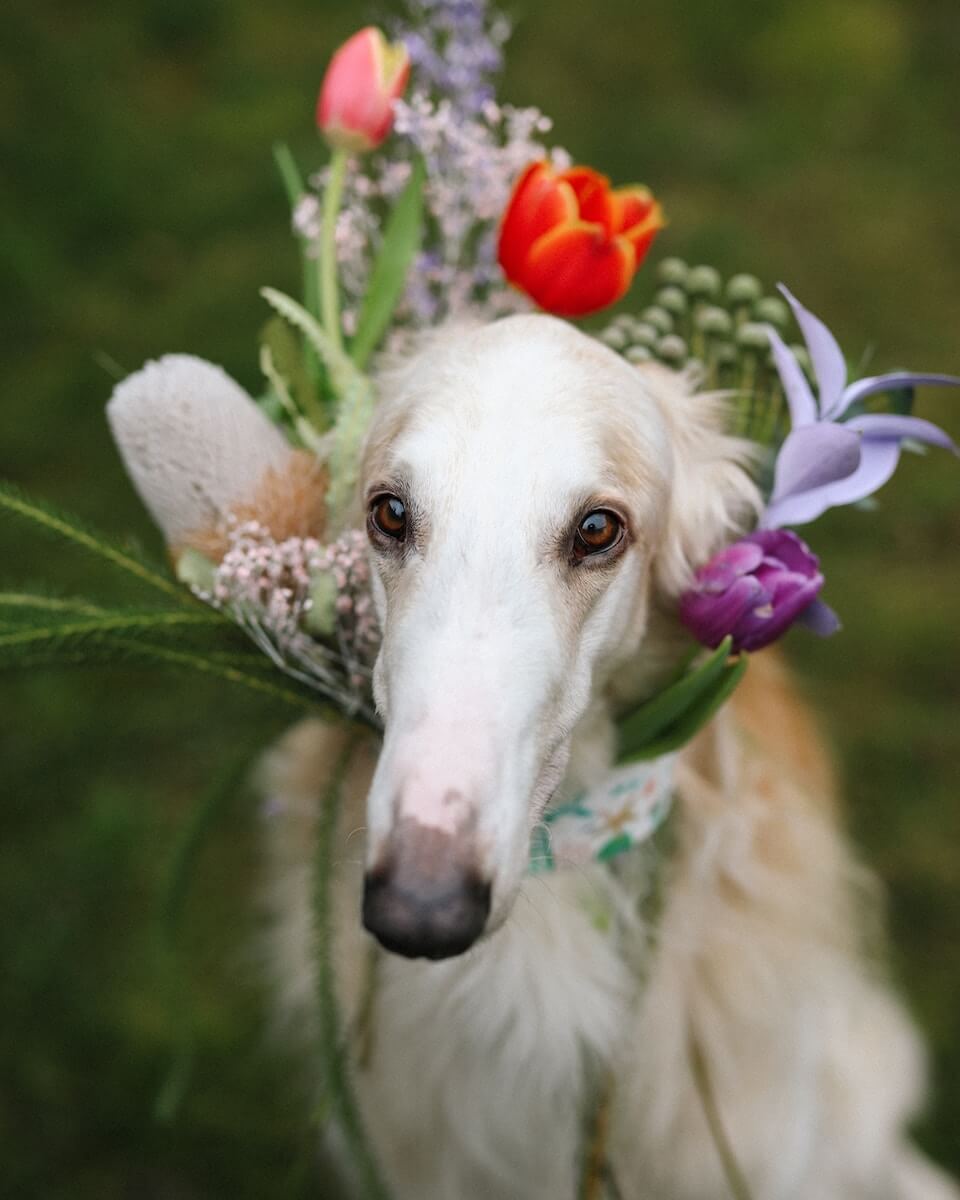
Their sighthound heritage compels them to prioritize distant squirrels over earthly commands, earning them the “disobedient” label, but their loyalty and grace make them worth the extra training. Pup Vine adds, “You would be correct in assuming that a dog raised to fight wolves may have an autonomous mindset and be less likely to comply with humans. This is the Borzoi… once known as the Russian Wolfhound, will chase whatever it can, and doesn’t really care about obeying commands.”
7. Siberian Husky
Siberian Huskies can be bright eyed and charming…some of the time. Stacker says, “Coming in various coats and sizes, the Siberian husky is the pride of the Tundra, as the nimble-footed dog serves both as a productive worker and a loyal companion. The breed first gained notoriety in the early 1900s when they began dominating sled races.”
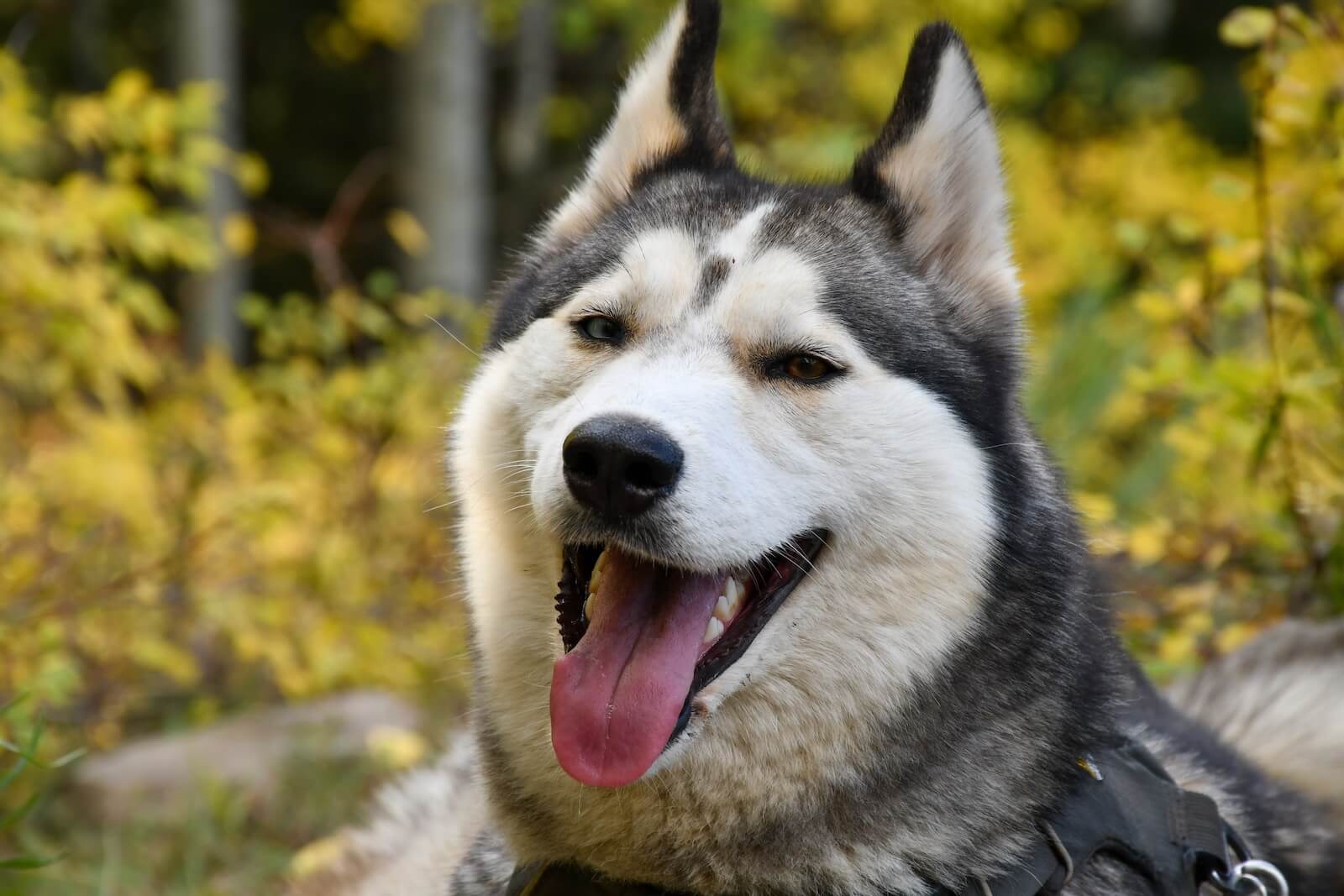
In addition to being whip smart, they can also be stubborn and willful. “Siberian huskies are the classic sled dogs of the Alaskan wilderness. They’re graceful, athletic and eager to please, but they also have a mind of their own. They adore their owners, but their strong-willed personalities require firm, consistent training. Otherwise, your husky will quickly become the head of the house instead of you,” writes Always Pets.
According to Newsweek, “Huskies are smaller than malamutes and although they are working sled dogs, they can be mischievous and stubborn. Siberians are very social and enjoy training sessions with their owners. The AKC states the best approach to training is to make the exercises fun for both dog and owner.”
You might also be interested in:
Sources:
- Yahoo!news
- iHeart Dogs
- The Animal Rescue Site
- The Scotsman
- Always Pets
- Stacker
- SBLY Animal Channel
- Pup Vine
- Medium
- Newsweek
Note: This article was not paid for nor sponsored. StudyFinds is not connected to nor partnered with any of the brands mentioned and receives no compensation for its recommendations. This article may contain affiliate links in which we receive a commission if you make a purchase.

I have an old English bulldogge puppy who is now 6 months old. Only a really clever dog could act this dumb!! Stubborn and strong willed she is a nightmare to train but when she does decide to listen, she is amazing! Training is definitely on her terms but she is so damn beautiful 😍